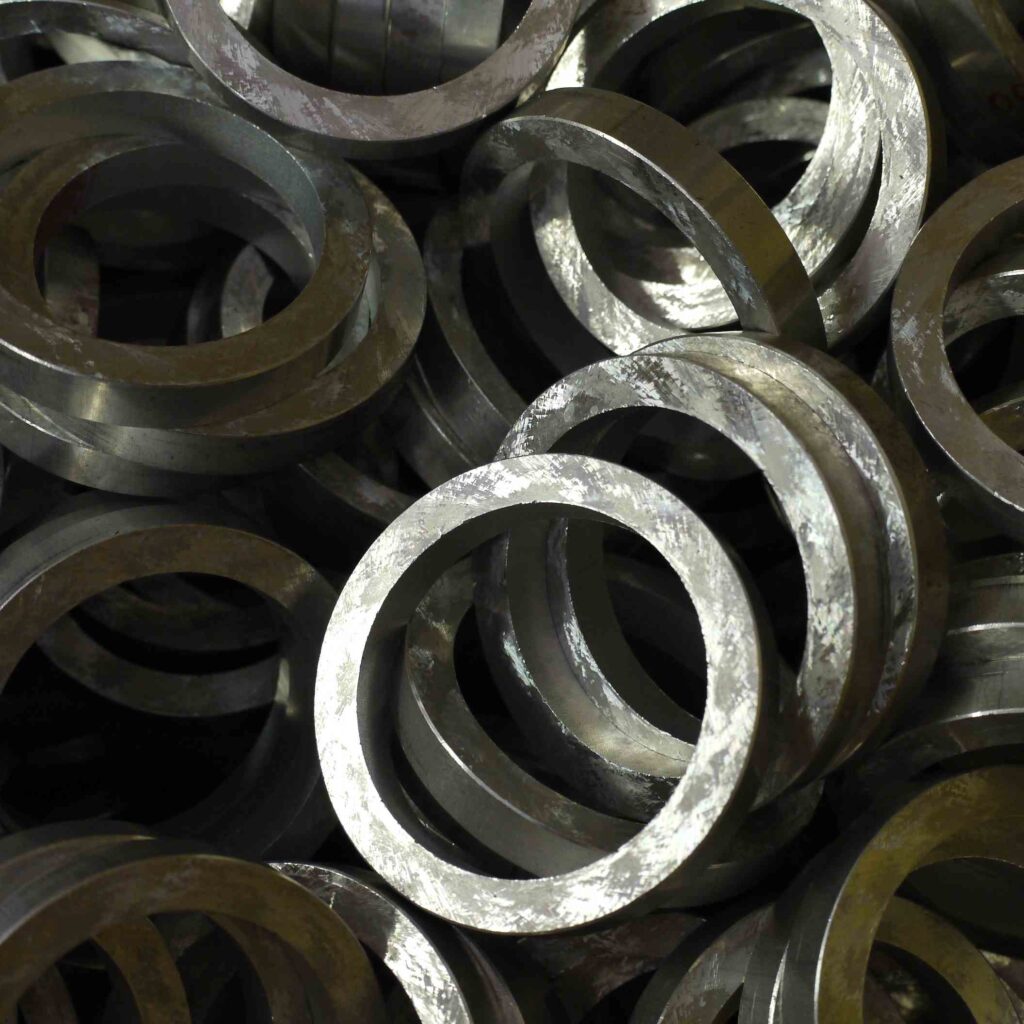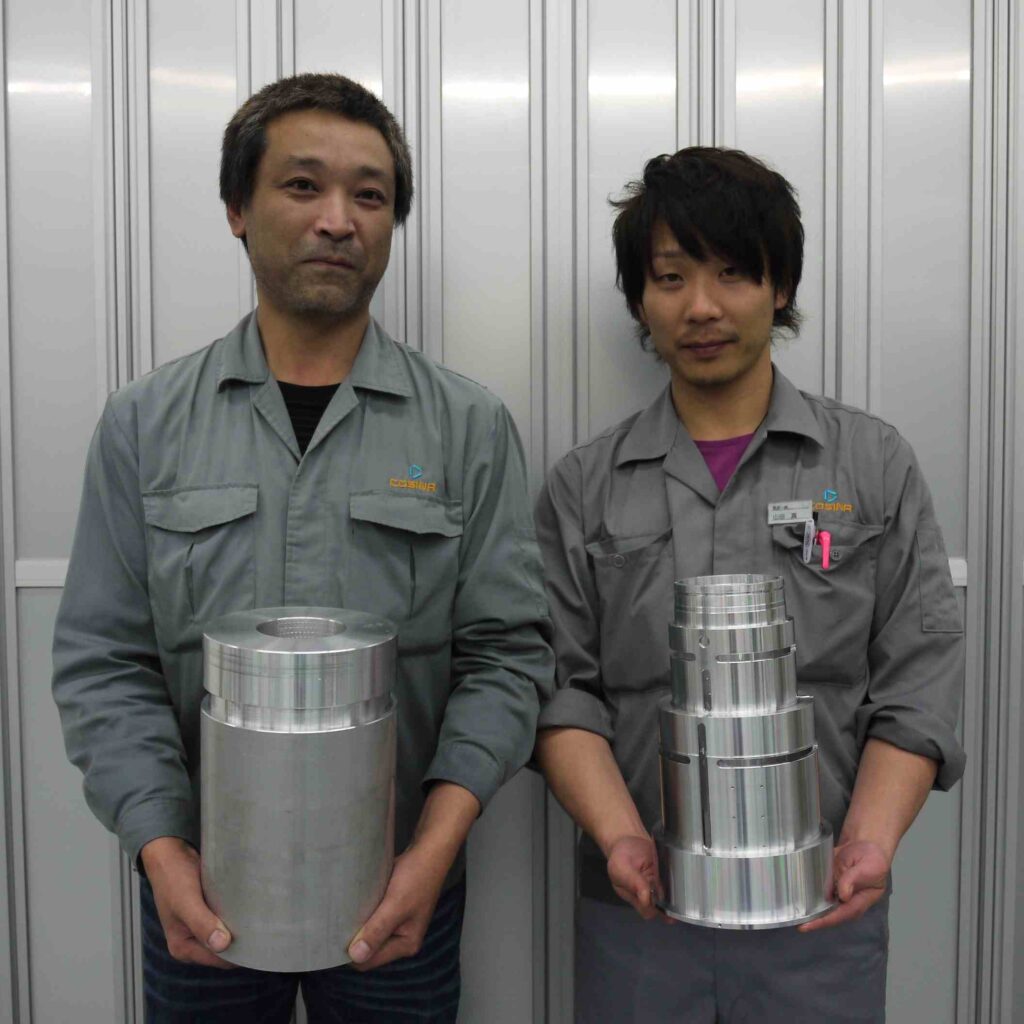“Metal as raw material”

The metal raw material – mainly aluminum and brass – is delivered to the container yard at Cosina’s Nakano factory in Nagano, Japan. The material consists of rings and tubes of varying diameters, lengths, and thickness and is used for lens mechanisms and external lens barrels.
These metal rings and tubes are used for the optical components that Cosina makes for Voigtländer’s interchangeable lenses. Also the lens barrels for the digital projection lenses for movie theaters are shaped by milling large metallic tubes.

Left: Before milling Right: After processing
So, why are the lenses made out of metal? The reason is two-fold. First of all, metal can be milled to a high degree of precision. And, secondly, metal is great for short order, small batch production. The specifications, durability and batch sizes of high-end optical products are achieved by using metal parts for mechanisms and barrels.
There’s one more thing.
The big difference between the plastics and metals used in high-cycle mass-production is found in the history of these materials. Engineering plastics such as polycarbonate of high mechanical strength was developed in the mid 20th century so it has been a part of consumer -lifestyle for only about 50 years while mankind has used bronze, iron and other metals for tools since before the Christian Era.

Tools were born as an extension of the human hand. Metals have continuously been used to make them. We find that very few other materials offer the strength and feel of mechanism and barrel made of metal when holding an optical product in the hand.